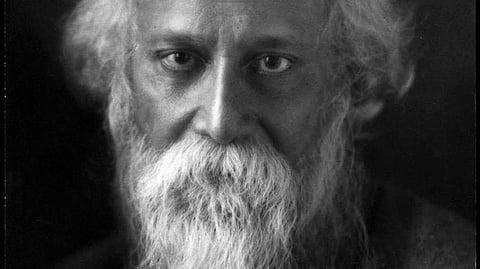When a critic commented, "The cage keeps getting better, but no one cares about the bird", the king was infuriated and went to see for himself "the furious pace at which education was being imparted". He arrived to a huge clamour of musical instruments, chants, and a crowd of masons, goldsmiths, scribes and clerks. The king was rather impressed with the sound, to which his nephew replied, "It's just not the sound, Your Highness! A lot of money has gone behind this!" Satisfied, the king was about to mount his elephant, when the critic reminded him of the bird. The king turned back and was shown the "education" process.


